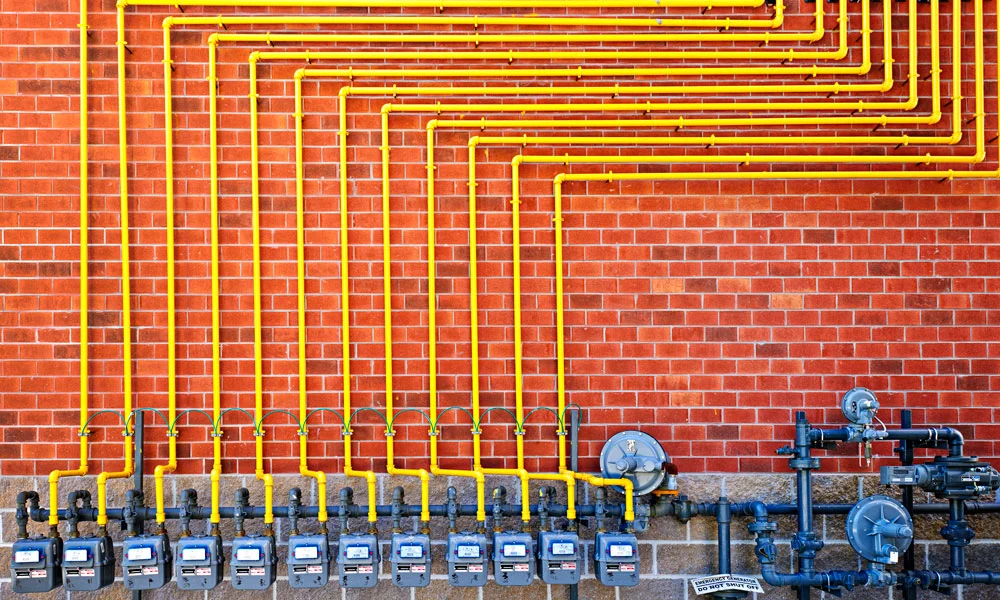
In multi-tenant buildings, water usage has long been a shared expense, typically divided equally among tenants regardless of individual consumption. However, as utility costs rise and sustainability becomes a priority, landlords and property managers are turning to water sub-metering as a smart solution. This approach not only ensures fair and accurate billing but also offers an added layer of protection through real-time leak detection—potentially lowering insurance premiums.
What is Water Sub-Metering?
Water sub-metering involves installing individual water meters for each unit in a multi-tenant property. Unlike a master meter, which records the total water usage for the entire building, sub-meters track the specific consumption of each tenant. This data enables property owners to bill tenants based on actual usage rather than an arbitrary division of the total water bill.
How Sub-Metering Benefits Property Owners and Tenants
1. Accurate and Fair Utility Billing
One of the primary advantages of sub-metering is fairness. Instead of splitting the total water bill evenly—regardless of how much water each unit consumes—landlords can allocate costs based on real usage. This prevents disputes among tenants and encourages responsible water consumption, ultimately reducing overall water usage for the building.
2. Leak Detection and Insurance Benefits
Sub-metering also acts as an early-warning system for leaks. Since the system monitors each unit separately, unusual spikes in water usage can be quickly identified, enabling landlords to address leaks before they become costly problems. Many insurance companies recognise the value of proactive risk mitigation and may offer lower premiums for properties equipped with water sub-metering and leak detection capabilities.
3. Reduced Operational Costs
By identifying leaks early and encouraging mindful water use, landlords can significantly lower overall utility expenses. This not only saves money in the long run but also improves the property’s efficiency and sustainability.
4. Sustainability and Compliance
With growing environmental regulations and the increasing emphasis on sustainable property management, sub-metering helps landlords meet efficiency targets. Many local authorities and utility providers offer incentives or rebates for installing water-saving technologies, making sub-metering a forward-thinking investment.
Implementation: How to Get Started
Installing sub-meters in a multi-tenant property requires planning and coordination, but the process is straightforward:
- Assessment & Feasibility: Evaluate the plumbing infrastructure to determine the best approach for installing sub-meters.
- Choosing the Right Technology: Opt for smart metering solutions that provide real-time data and remote monitoring.
- Installation & Integration: Work with qualified professionals to install and configure the system.
- Tenant Communication: Educate tenants on how the system works and how it benefits them.
- Billing & Monitoring: Implement a system to collect and manage usage data, ensuring transparent and accurate billing.
Conclusion
Water sub-metering in multi-tenant buildings is more than just a utility management tool—it’s a strategic investment that enhances fairness, reduces costs, and improves risk management. By embracing this technology, landlords can optimise operations, attract responsible tenants, and even negotiate better insurance rates. As the property sector continues to prioritise efficiency and sustainability, sub-metering is becoming an essential feature of modern property management.
If you’re a landlord looking to enhance your property’s efficiency while keeping costs in check, now is the perfect time to explore water sub-metering solutions. The benefits—both financial and environmental—make it a clear win-win for all stakeholders involved.

